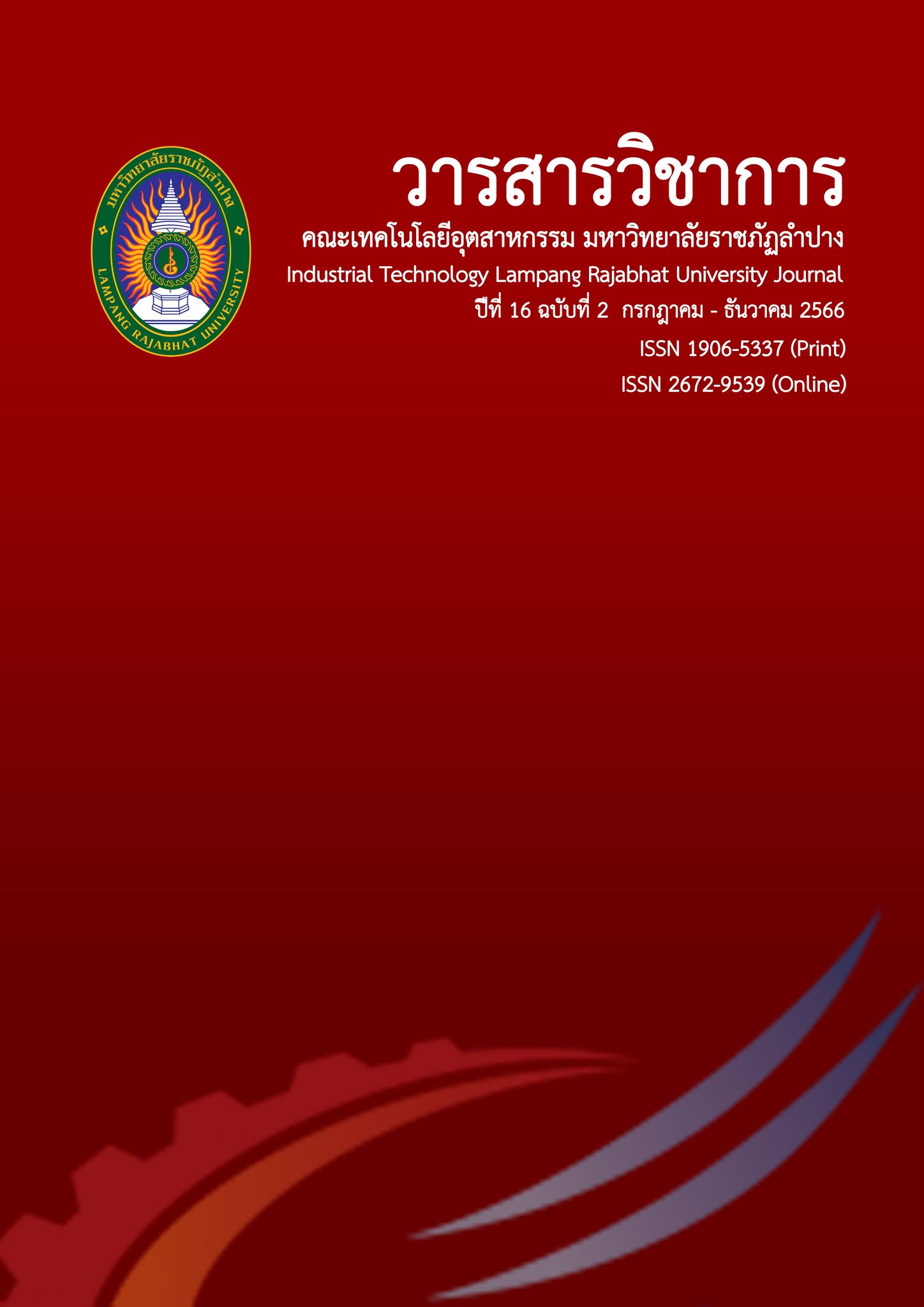Development of Energy Storage Technology using Organic Redox Battery
Keywords:
redox flow batteries, organic, efficiency, performanceAbstract
The demand and installation capacity for alternative intermittent energy sources such as photovoltaic and wind energy are increasing, but such energy sources require a secondary power source such as a battery to maintain grid reliability and power quality. This research aimed to develop the prototype and evaluate the performance of an organic electrolyte redox flow battery. The redox flow battery prototype in this study was made of aluminum endplates, a brass current collector, a graphite flow field, and a Nafion® 117 membrane coated with Vulcan carbon using the ultrasonic spray technique. Anthraquinone-2-sulfonic acid (AQS) and 1,2-benzoquinone-3,5-disulfonic acid (BQDS) were used as the anode and cathode organic electrolytes, respectively. The results of comparing the flow rate of the parallel channel at Stage of Charge (SOC) at 100% showed that the flow rate of 300 ml/min had a higher voltage than the flow rates of 400 and 500 ml/min. At 2.31V, and a flow rate of 500 ml/min, the maximum current was 231.36 mA. Comparing the flow rate of the Serpentinel Channel SOC at 100%, it was found that the flow rate of 500 ml/min had the highest voltage equal to 1.59 V, and the flow rate of 400 ml/min had the highest current of 484.75 mA. The Serpentinel Channel test, at a flow rate of 500 ml/min, had the best redox flow battery cell performance. Due to its power value, it had the best performance of the redox flow battery cells. With an electric power of 19.2 mW and a maximum current of 0.04 amperes, it possessed an electric potential efficiency of 55.81%.
References
Anurak, K., Uthaichana, K., Punyawudho, K., Khunatorn. Y. (2017). The Performance and Efficiency of Organic Electrolyte Redox Flow Battery Prototype. 2nd International Conference on Advances on Clean Energy Research, ICACER 2017, 7-9 April 2017 Berlin, Germany.
Carvela, M., Raschitor, A., Rodrigo, M. A., & Lobato, J. (2020). Recent Progress in Catalysts for Hydrogen-Chlorine Regenerative Fuel Cells. Catalysts, 10(11), 1263. https://doi.org/10.3390/catal10111263.
Huskinson, B., Rugolo, J., Mondal, S. K., & Aziz, M. J. (2012). A High Power Density, High Efficiency Hydrogen-Chlorine Regenerative Fuel Cell with a Low Precious Metal Content Catalyst. ArXiv:1206.2883 [Cond-Mat]. http://arxiv.org/abs/1206.2883.
Thomassen, M., Børresen, B., Hagen G. and Tunold, R. (2003). H2/Cl2 fuel cell for co-generation of electricity and HCl. J Appl Electrochem, vol. 33, pp. 9–13.
Thomassen, M., Børresen, B., Hagen G. and Tunold, R. (n.d.). H2/Cl2 fuel cell for co-generation of electricity and HCl. pp.5.
Thomya, A., & Khunatorn, Y. (2020). Analyzing Discharge Characteristics of Redox Flow Battery using Hydrochloric Acid as a Reaactant. 2020 International Conference and Utility Exhibition on Energy, Environment and Climate Change (ICUE), 1–7.
https://doi.org/10.1109/ICUE49301.2020.9306982.
Linden, D., & Reddy, T. B. (Eds.). (2002). Handbook of batteries (3rd ed). McGraw-Hill.
Downloads
Published
Issue
Section
License
Copyright (c) 2023 Industry Technology Lampang Rajabhat University

This work is licensed under a Creative Commons Attribution-NonCommercial-NoDerivatives 4.0 International License.






